|
Spring Green Lions’ Club Spaghetti Dinner Tuesday, March 1, 2022 4:30-7:30 PM Proceeds go to the River Valley Area Community Gardens for building equipment shed Drive-Thru 0nly In Alley behind The Shed Carry outs available / No dine=ins Adults: $7 Advanced --$8 at the door Children (K-8): $5 Advanced--$6 at the door Advanced tickets available at The Office Market, Pamela’s Fine Jewelry, Spring Green Lions’ Club members and River Valley Area Community Garden members. The current equipment shed is small and made of wood pallets. It is not weather or rodent proof. Other equipment is stored under the water tank that was damaged in the August windstorm. Some equipment is stored under the frame of the water tank. There wasn't enough space to store the Busy Bees picnic table and the leopold benches inside for the winter. Come enjoy some spaghetti and help us build the equipment shed.
0 Comments
In May the Gardens received a Sauk County Pollinator Grant of native pollinator plants funded by Sauk County and the Ho Chunk Nation. The purpose of the grant is to encourage home gardeners to include native plants in their home gardens. Prairie Nursery in Westfield Wisconsin provided the following native plants: Smooth Penstemon, Ohio Spiderwort, Butterfly Weed for Clay, Wild Senna, Stiff Coreopsis, Purple Prairie Clover, Purple Coneflower, Sweet Joe Pye Weed, Prairie Blazing Star, Bergamont, Ironweed, New England Aster, Ohio Goldenrod and Prairie Dropseed grass. Once planted we needed to keep them watered and also to gradually move more of the non-native plants out of the existing bed. By August they were looking really good, starting to become established and starting to bloom. Below: Row 1: Picture of the site; butterfly weed; stiff coreopsis Row 2: Prairie drop seed grass with a stem of quickgrass; purple coneflower and bergamont; New England astor and a dill weed In September, the New England Aster, Ironweed, and the Stiff Coreopsis were beautiful. I was lucky enough to find three Monarch caterpillars in the gardens and successfully kept them through their metamorphosis. They were released into the Prairie Garden. One was released on the aster, one was released on the ironweed, and one was released on the stiff coreopsis. Hopefully they or their offspring will return to our Native Prairie Pollinator garden in 2022. And then, all too soon it was November and our native plants were sleeping for the winter. In the summer of 2022 we are planning to have a seminar on the native pollinator plants. Please watch either the web site or our Facebook page for the date. Following are some articles on the importance of planting native plants not just for pollinators but also to prevent soil eroison. Native Plant Root Systems https://wisconsinpollinators.com/Articles/PlantRootSystems.aspx Milwaukee Metropolitan Sewerage District "Native Landscaping" https://www.mmsd.com/what-we-do/green-infrastructure/native-landscaping USDA "Landscaping with native plants" https://www.nrcs.usda.gov/wps/portal/nrcs/detail/wi/programs/farmbill/?cid=nrcs144p2_015853 Wisconsin Department of Ntural Resource "Plant Native Plants" https://dnr.wisconsin.gov/topic/endangeredresources/nativeplants.html Illinois Native Plant Guide https://www.nrcs.usda.gov/wps/portal/nrcs/il/plantsanimals/nrcs141p2_030726/ Notice how long the roots are on the native plants in comparison to the roots on lawn grass.
|
AuthorRose Schneider. Archives
January 2024
Categories |
HoursDaily: 7am - 8 pm
Daylight hours |
Telephone1-608-588-6040
|
|
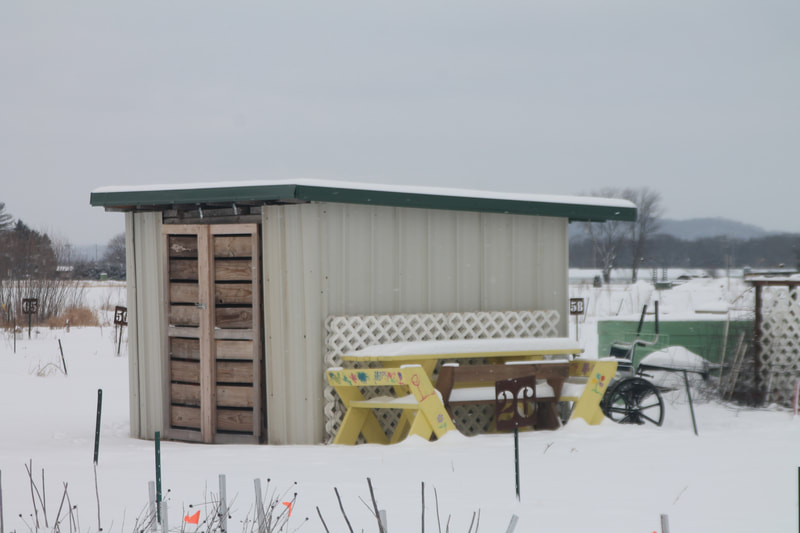

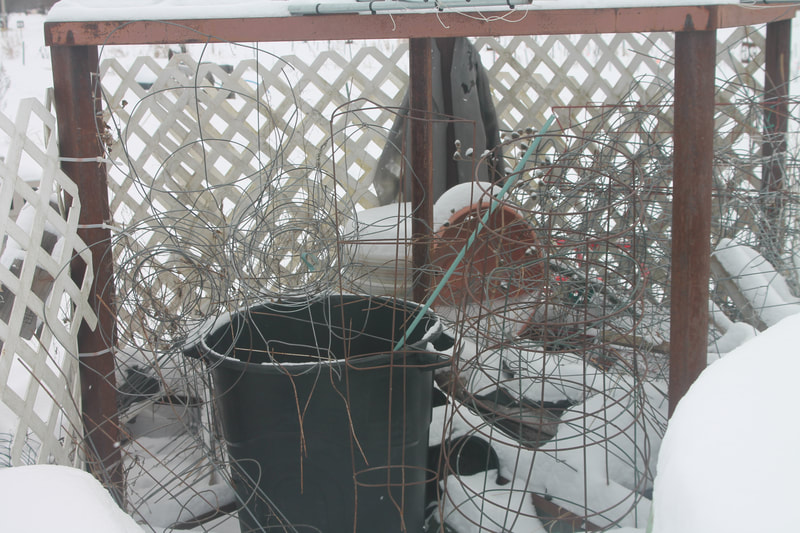
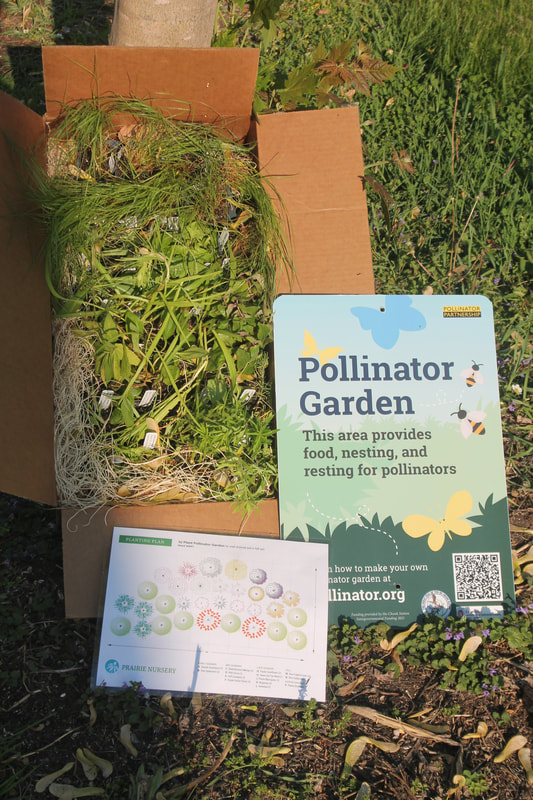
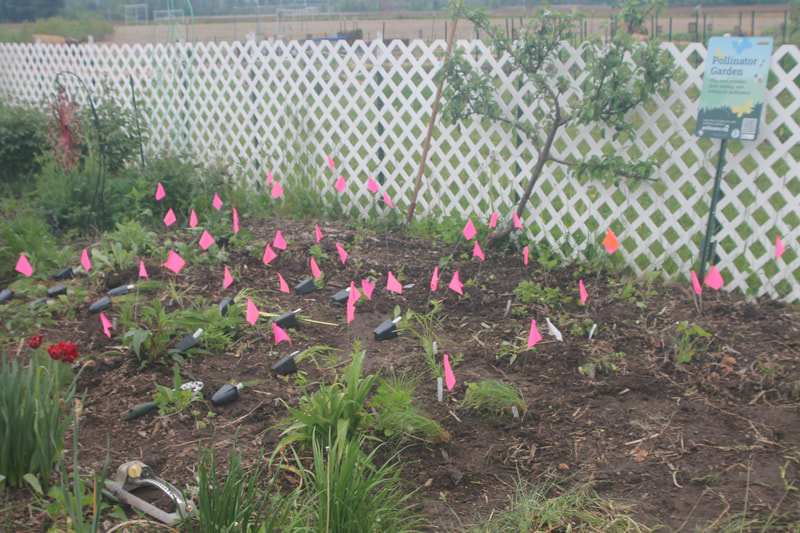
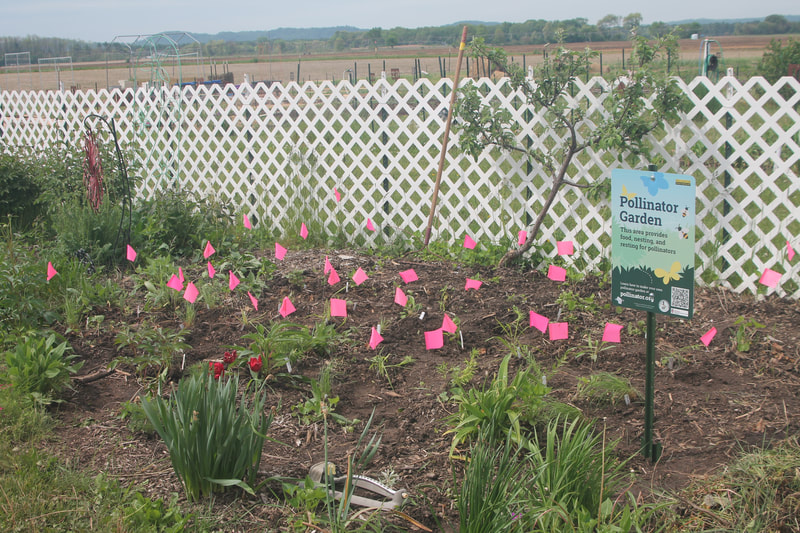
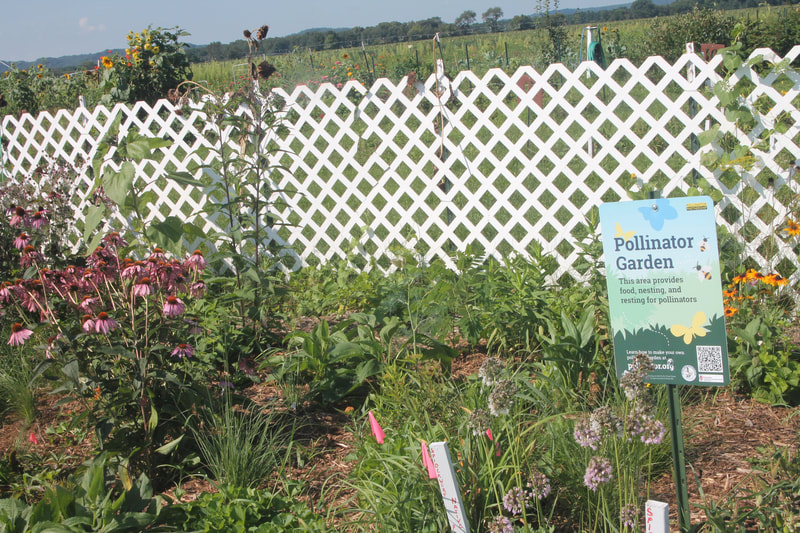
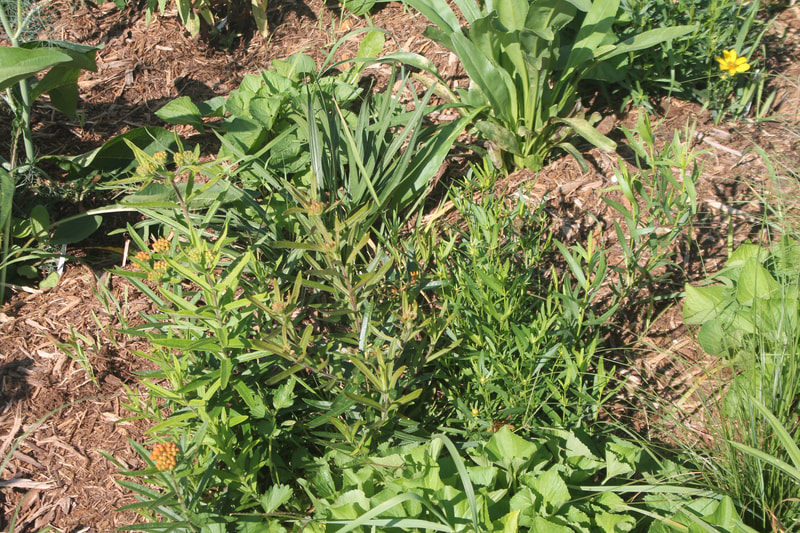
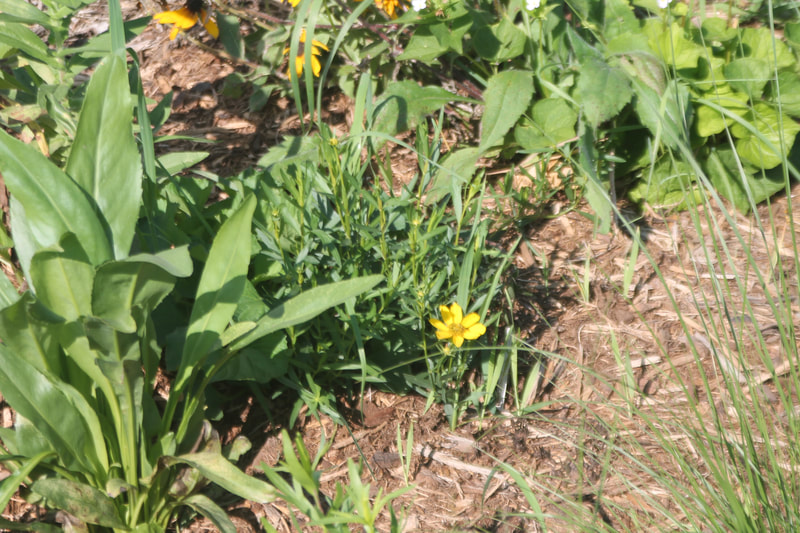
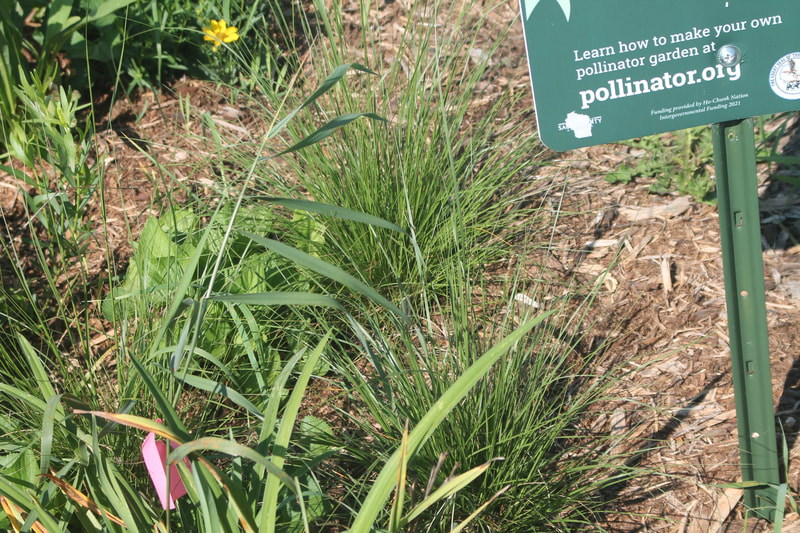
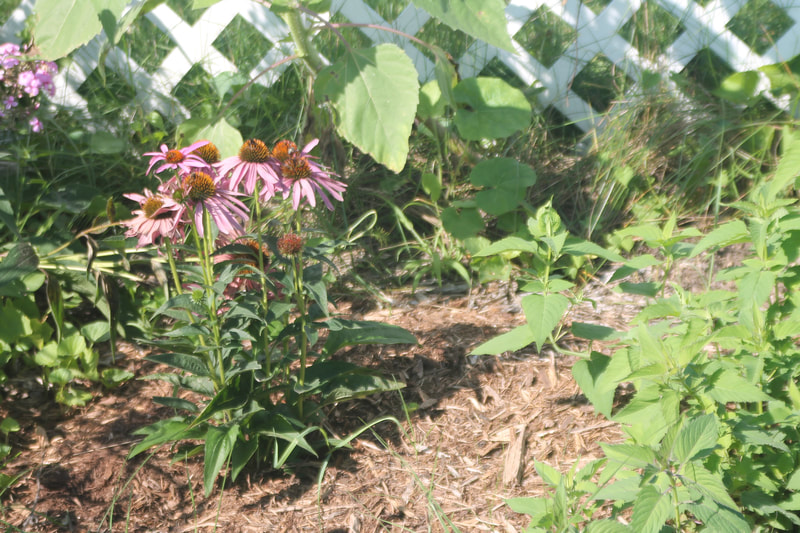
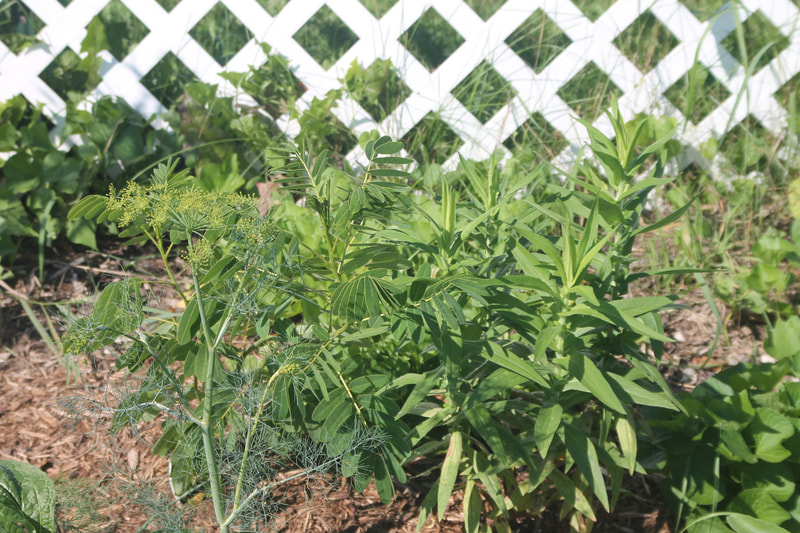
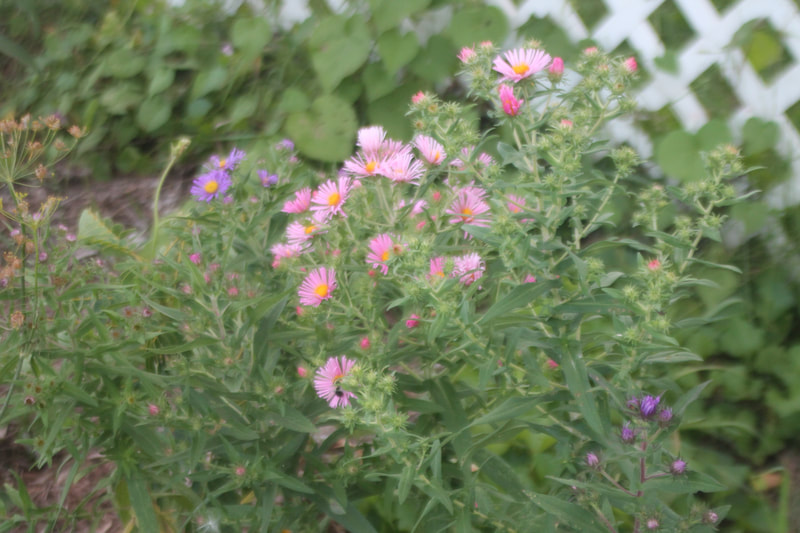
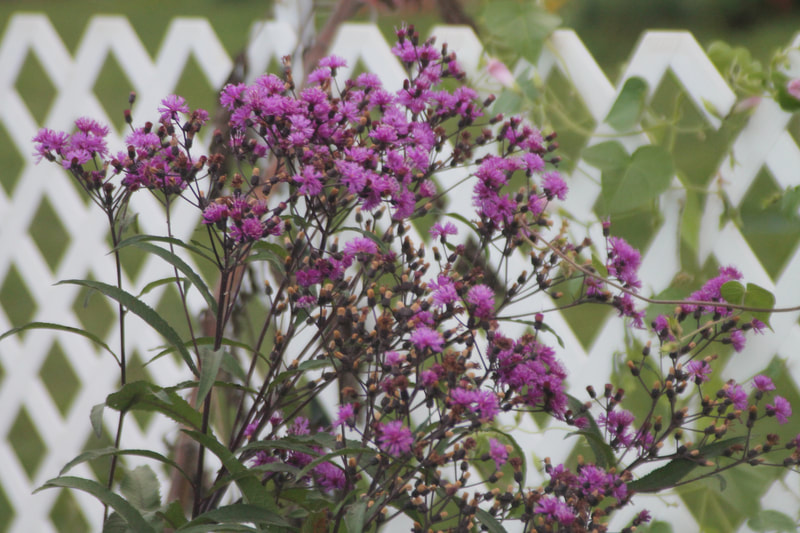
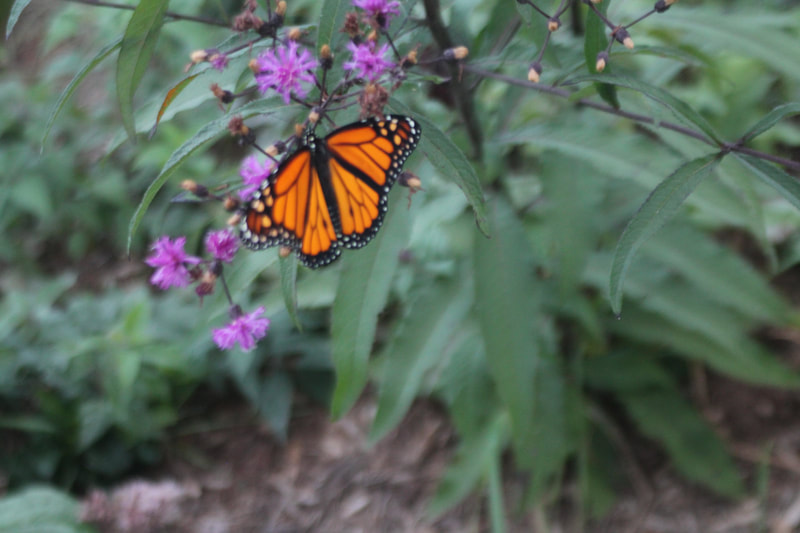
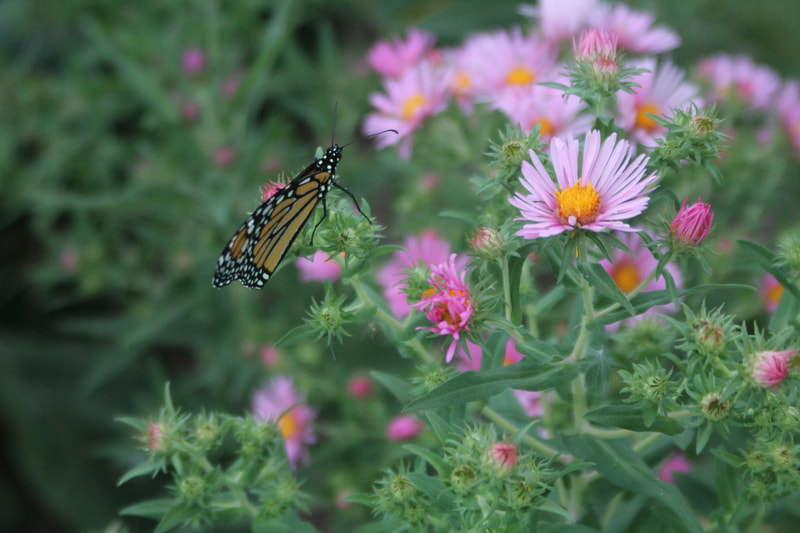
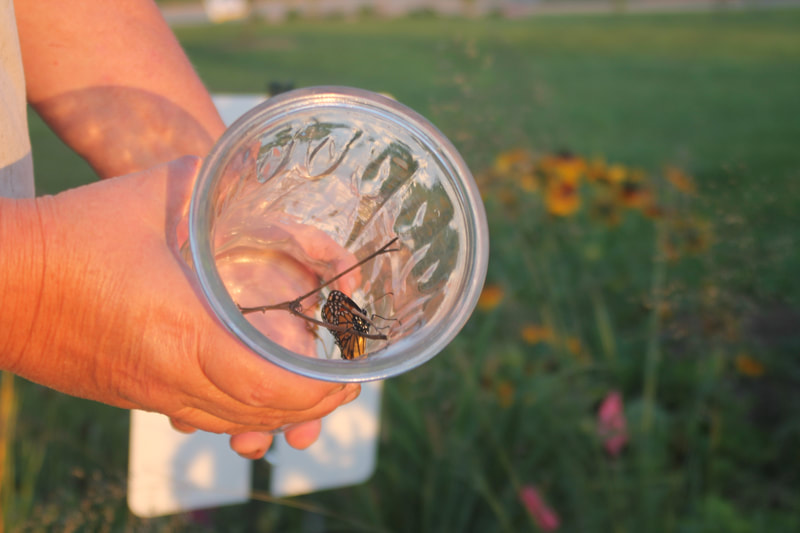
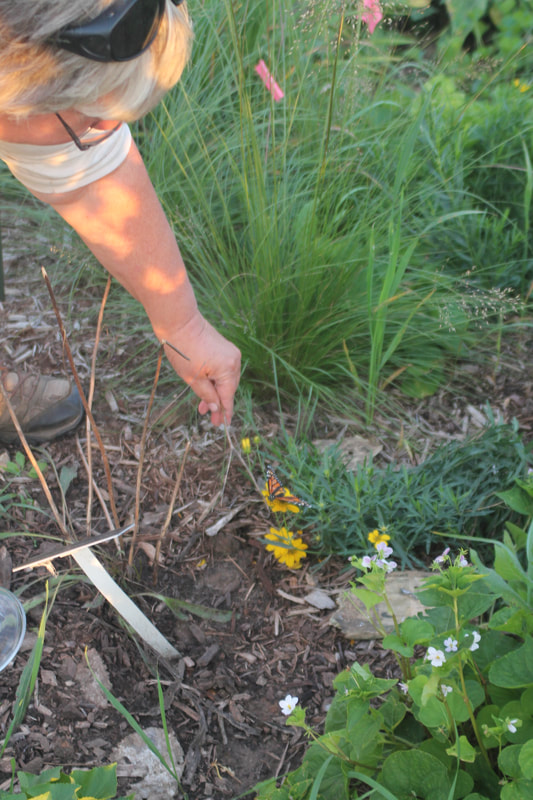
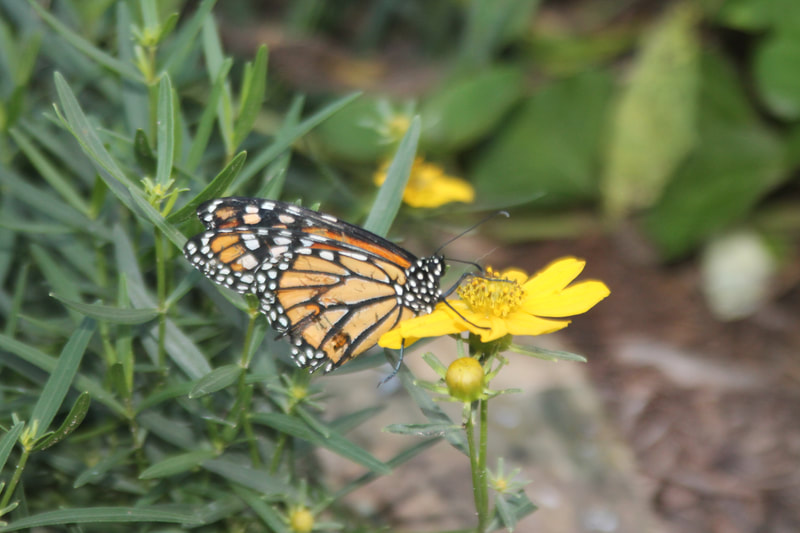
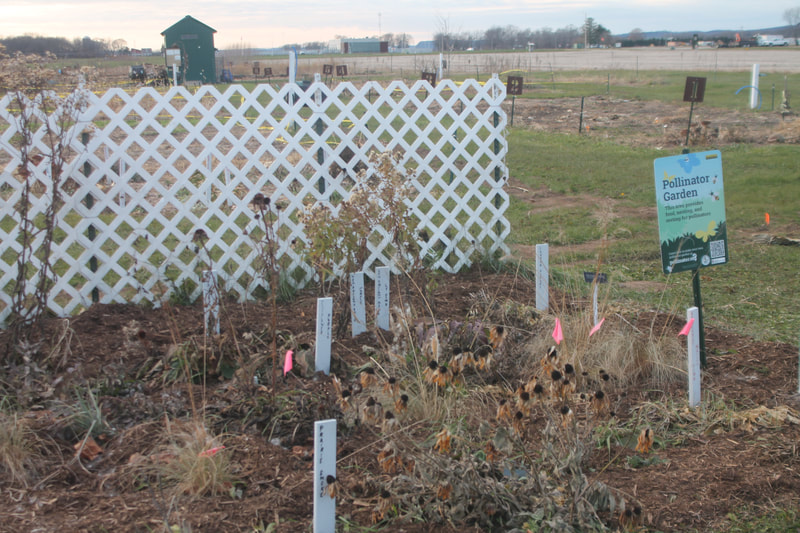
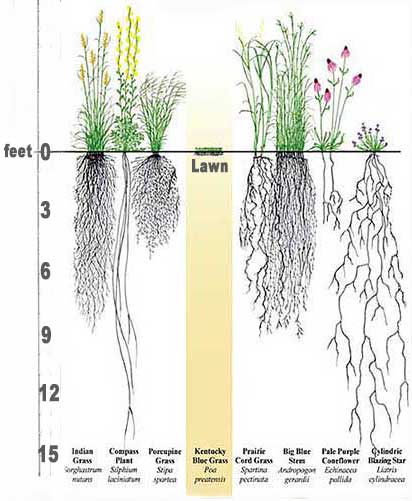
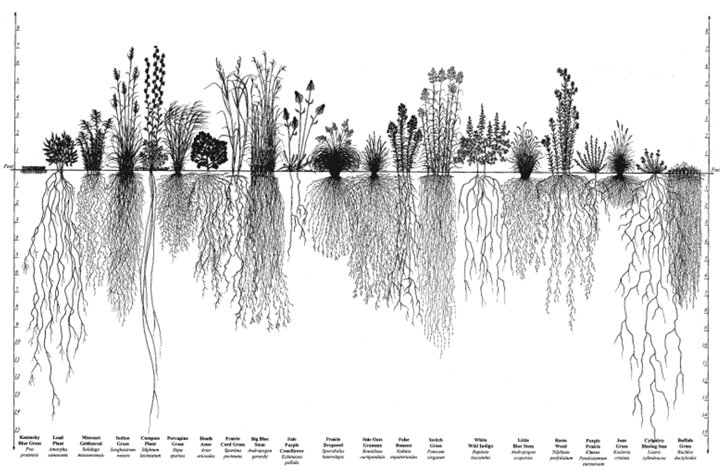
 RSS Feed
RSS Feed